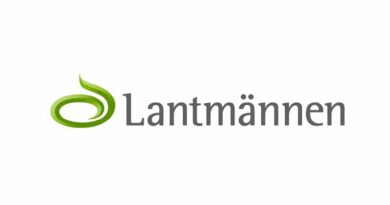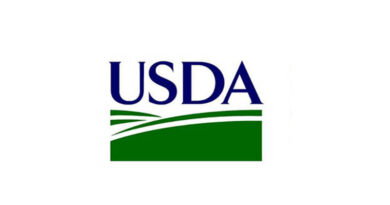Animal health important for helping cut greenhouse gas emissions, new report says
27 July 2022, Rome: Improving animal health can help cut greenhouse gas (GHG) emissions, but more granular approaches to measuring progress are vital if countries are to be able to include it in their national climate commitments, a new report shows.
Diseases affecting animals, how long they live and how productive they are all have a significant impact on GHG emissions, says the report by the Food and Agriculture Organization of the United Nations (FAO), Global Dairy Platform and the Global Research Alliance on Agricultural Greenhouse Gases, entitled “The role of animal health in national climate commitments.”
This means greater investments are needed to establish systems for measurement, reporting and verification (MRV). There is currently no standardized method to include improved animal health in most countries’ GHG national inventories or nationally determined contributions (NDCs). As a result, the importance of animal health is often not clearly reflected in countries’ commitments to fight climate change.
“This report marks a breakthrough in highlighting the importance of animal health and guiding countries towards a much more granular approach in evaluating its role and how it needs to be incorporated into national commitments to help mitigate the climate crisis,” said FAO Deputy Director-General Maria Helena Semedo.
“The livestock sector provides vital nutrition and livelihoods for more than a billion people worldwide,” said Donald Moore, Executive Director of Global Dairy Platform. “This brief demonstrates how governments and industry can work together on climate solutions and is part of the global dairy sector’s Pathways to Dairy Net Zero initiative,” he said.
“While this report clearly demonstrates the opportunity for improved animal health to contribute to climate mitigation, it also highlights the need to address critical data gaps and build capacity in low- and middle-income countries, in particular.
Governments and the sector should support long term investments in research and create the enabling environment for animal health policies and programmes to realise their full potential,” said GRA Special Representative, Hayden Montgomery.
The report shows how countries can develop an MRV system at national level to be able to include animal health improvements in national climate commitments.
But to do that, the report says, it’s essential for countries to use the detailed methodologies known as Tier 2 or 3, developed by the Intergovernmental Panel on Climate Change (IPCC)
While the commonly used Tier 1 approach only allows for estimating GHG emissions per animal with regional averages, Tier 2 looks at specific local production systems. This includes herd parameters to estimate impacts on animal numbers such as mortality, fertility, age at first parturition and replacement rate, as well as production data including milk yields and animal weights at different life stages.
Data on feed for different categories of animals and manure management systems are also critical as these have a strong influence on emission factors. Measuring parameters such as the methane (CH4) conversion factor may even require using Tier 3 approaches with more complex modelling and associated data, the report says.
A key challenge concerns how emissions from the livestock sector are reported in national GHG inventories and included in NDCs. In their inventories, countries report direct emissions at sector level. These emissions in the livestock sector include CH4 emissions from enteric fermentation in animals’ digestive systems and CH4 and nitrous oxide (N2O) emissions from manure management. Emissions from feed production, processing and transport and energy use are reported under “agricultural soils” or the energy sector.
At the same time, animal health interventions cannot be considered in isolation at animal level as affecting only direct emissions. For example, supply-chain emissions may diminish due to reduced needs for replacement animals or changes in the feed ration. Therefore, it is important to adopt a systems perspective and understand the drivers of supply-chain emissions.
Among the report’s other recommendations include:
• A data collection and maintenance system needs to be established that includes stakeholders from across the sector, which will add value to the animal health intelligence gathering at national and international levels. The approach taken must be inclusive of all actors in the sector, including research and academia and the private sector, as well as science and industry and development partners such as the World Bank and IFAD who contributed to the report.
• A combined life cycle assessment and systems perspective needs to be considered to account for the reduction in indirect emissions due to improved animal health (e.g. changes in feed consumption, use of pastures, use of energy).
• The capacity of governments and partners should be enhanced in calculating emissions and accounting for impact throughout the value chain;
FAO considers animal health vital for sustainable livestock production. Animal products not only represent a source of high-quality food but are also a source of income for many small farmers and animal holders, making a significant contribution to livelihoods and Gross Domestic Product in many developing countries. You can find out more about FAO’s work on animal health here.
Also Read: China: Measures counter food security risks















